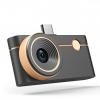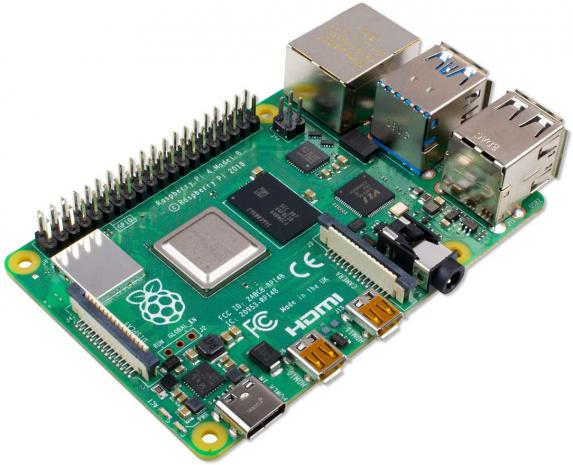
Breaking News
 $26M Frozen on Blockchain - With One Click
$26M Frozen on Blockchain - With One Click
 Italy are on national strike shutdown rejecting digital enslavement...
Italy are on national strike shutdown rejecting digital enslavement...
 The following U.S. states are currently using the rebranded "Reporty Homeland Security" so
The following U.S. states are currently using the rebranded "Reporty Homeland Security" so
 NATO Chief Urges Europe To Prepare For Long-Term World War With Russia, China, Iran & North Korea
NATO Chief Urges Europe To Prepare For Long-Term World War With Russia, China, Iran & North Korea
Top Tech News
 HUGE 32kWh LiFePO4 DIY Battery w/ 628Ah Cells! 90 Minute Build
HUGE 32kWh LiFePO4 DIY Battery w/ 628Ah Cells! 90 Minute Build
 What Has Bitcoin Become 17 Years After Satoshi Nakamoto Published The Whitepaper?
What Has Bitcoin Become 17 Years After Satoshi Nakamoto Published The Whitepaper?
 Japan just injected artificial blood into a human. No blood type needed. No refrigeration.
Japan just injected artificial blood into a human. No blood type needed. No refrigeration.
 The 6 Best LLM Tools To Run Models Locally
The 6 Best LLM Tools To Run Models Locally
 Testing My First Sodium-Ion Solar Battery
Testing My First Sodium-Ion Solar Battery
 A man once paralyzed from the waist down now stands on his own, not with machines or wires,...
A man once paralyzed from the waist down now stands on his own, not with machines or wires,...
 Review: Thumb-sized thermal camera turns your phone into a smart tool
Review: Thumb-sized thermal camera turns your phone into a smart tool
 Army To Bring Nuclear Microreactors To Its Bases By 2028
Army To Bring Nuclear Microreactors To Its Bases By 2028
 Nissan Says It's On Track For Solid-State Batteries That Double EV Range By 2028
Nissan Says It's On Track For Solid-State Batteries That Double EV Range By 2028
How to Copy Data From a Raspberry Pi to a PC: 5 Ways

However you use your Raspberry Pi, at some point you're going to be looking for an easy way to copy data to and from the computer. It could be running a web server, a media server, a retro gaming machine, whatever.
This can be tricky. Basically, there's one bad way to transfer files from Raspberry Pi to a PC, and several good ones. If you've ever had to copy data to or from a Raspberry Pi and run into problems, these five methods should help you out in future.
We'll look at five methods for copying data from a Raspberry Pi to your desktop or laptop PC below. Before that, however, it's worth considering the sixth option, and how it is absolutely the wrong way to do it.
It is possible to eject the Raspberry Pi's SD card and read the data on your PC. If the required data is stored in the /boot/ partition, it can be accessed using any other device. Despite the Pi running a Linux operating system, even a Windows PC can read this data.
So, why shouldn't you do this?
In most cases, the microSD card is the Pi's boot device
The Raspberry Pi must be shut down to remove the card
You risk data corruption on the SD card
As you can see, this method is inconvenient at best.

 Carbon based computers that run on iron
Carbon based computers that run on iron

